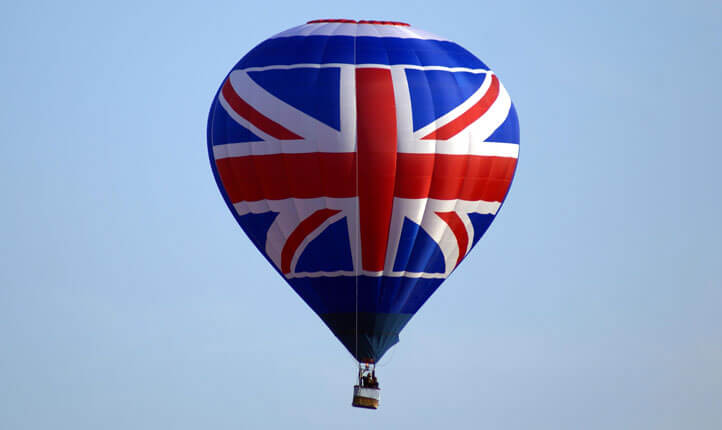By Lauren Buckner
The Pound continues to be contained below 1.20 versus the euro and 1.31 versus the US Dollar, with GBP/EUR having peaked at almost a six year high last Friday (6th March) as conflict with Russia and Ukraine continued. The euro in particular felt the pressure due to their heavy reliance on Russian oil reserves and Ukrainian wheat and grain and lost value rapidly against major currencies enabling the pound to take full advantage, albeit briefly.
The euro has since regained some strength following significant profit taking and risk aversion returning to the fold as talks between Russia and Ukraine broke down and failed to make any progress after Russian bombing of key civilian sites in Ukraine.
The Euro maintains its recent gains despite a lack of action on interest rates at the European Central Banks (ECBs) meeting last Thursday. Despite leaving interest rates unchanged the ECB did announce however, that they would be ending its quantitative easing programme sooner – in Q3 2022 – giving the euro a boost. Interest rate rises are still expected by the market this year in the EU but will be ‘gradual’ in their response to raising inflation in the eurozone, currently forecasted to hit 5.1%.
We hear from the Bank of England this Thursday with expectations of a further interest rate rise in the UK to 0.75% (which would return the cost of borrowing to the same level seen prior to the onset of covid in the UK over two years ago) in response to fresh predictions of inflation topping 8% this year, the highest level since the 1980s. The cost of natural gas are over 60% higher than they were before February’s BofE meeting and households face their biggest spending squeeze on living standards in around 40 years. Although the pressure on consumers to cut spending in order to pay household bills should naturally curb the rise in inflation the Bank of England are under pressure to continue to act this year to prevent longer term ‘baked in’ levels of price rises. Interest rates in the UK are currently expected to top 2pc by the end of the year.
The US are also expected to see an increase in interest rates predicted at 0.25% on Wednesday this week at the Federal Reserve meeting. Citing a strong labour market and rising inflation in the States now looks like the right time for the Fed to react.
Covid also continues to cause disruption with case numbers and hospitalisations creeping back up in the UK and leaving scientists baffled. China is reported to have shut down Shenzen, a city of 17.5m people as they battle their latest covid outbreak across several regions, and cases tripled from Saturday to Sunday.
FX pricing action should have priced in both central bank interest rate rises however, volatility in pricing remains incredibly high at present as the conflict between Russia and Ukraine continues and the world emerges from the pandemic, please keep in touch with us to discuss any upcoming transfer requirements.
The week ahead;
Monday
UK unemployment rate and claimant count
Tuesday
German ZEW economic sentiment survey
US PPI (Feb)
Wednesday
US retail sales
US FED interest rate meeting
Thursday
EU core inflation
UK BofE interest rate meeting



